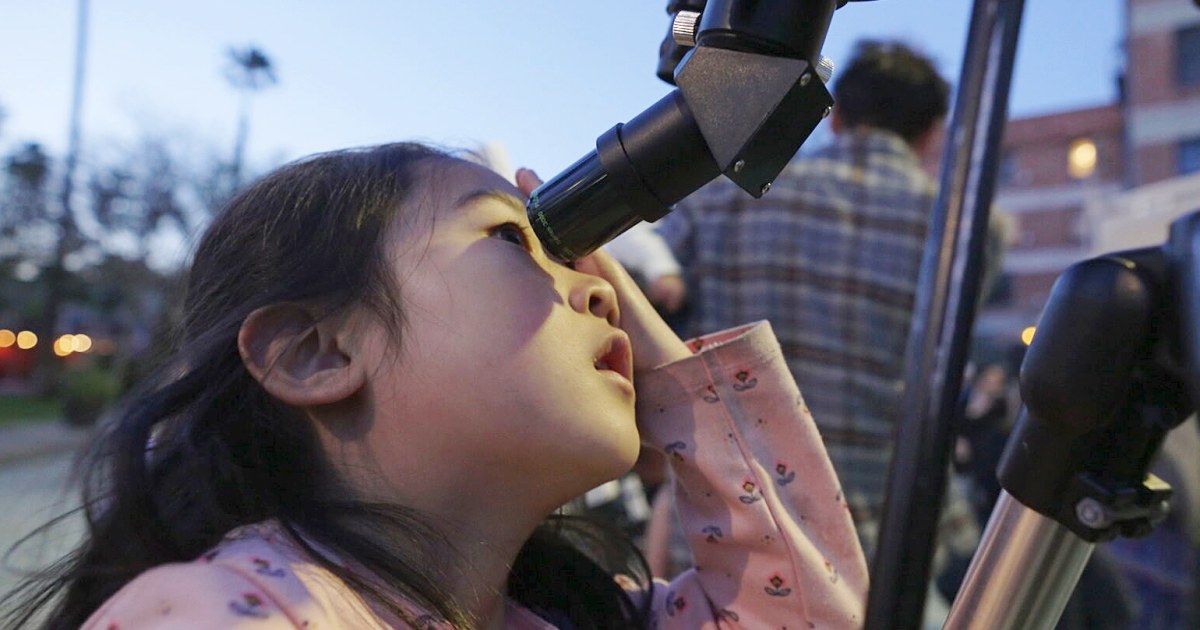
Coefficients Of Friction
In space and astronautical engineering, coefficients of friction refer to the ratio of the force required to move an object over a surface to the normal force pressing the object against the surface. This ratio is important in determining the amount of force required to move objects in space, such as spacecraft or robotic arms. The coefficient of friction can vary depending on the materials in contact, the temperature, and the presence of any lubricants or contaminants. In space, where there is no atmosphere, the coefficient of friction can be affected by factors such as electrostatic forces and outgassing from materials. Understanding and controlling coefficients of friction is crucial for the successful operation of spacecraft and other equipment in space.
Your Previous Searches
Random Picks
- Emotion Regulation: Emotion regulation refers to the processes by which individuals influence which emotions they have, when they have them, and how they experience and express these emotions. In the context of space and astronautical engineering, emotion regu ... Read More >>
- Refrigerant: In space and astronautical engineering, a refrigerant is a substance used in a cooling system to transfer heat from one location to another. Refrigerants are commonly used in spacecraft thermal control systems to regulate the temperature of ... Read More >>
- Studying Universe: Studying Universe refers to the scientific investigation of the cosmos, including its origins, evolution, composition, and behavior. This field of study encompasses a wide range of disciplines, including astronomy, astrophysics, cosmology, ... Read More >>
Top News

Easter's date remains divisive. Some church leaders want that to change...
Eastern and Western churches will celebrate Easter on the same day this year, while marking 1,700 years since the Council of Nicaea unified Christian doctrine...
News Source: ABC News on 2025-04-19

In a city of stars, Los Angeles astronomy club makes sure to keep looking up...
LOS ANGELES — While Los Angeles is home to the biggest stars in the world, a monthly get-together is proving that the city’s rich and famous have nothing on the universe....
News Source: NBC News on 2025-04-18

This week on "Sunday Morning" (April 20)...
A look at the features for this week's broadcast of the Emmy-winning program, hosted by Jane Pauley....
News Source: CBS News on 2025-04-17

Scientists detect strongest hints yet of life on a distant planet...
Scientists have detected unique chemical patterns similar to those produced by the Earth's algae and seaweed — raising the possibility of the presence of a warm ocean, perhaps teeming with life, on ...
News Source: NBC News on 2025-04-17

Is there life on another planet? Scientists find the strongest evidence yet...
Near a planet far, far away astronomers have found traces of chemicals that on Earth are only produced by living beings....
News Source: Al Jazeera English on 2025-04-17